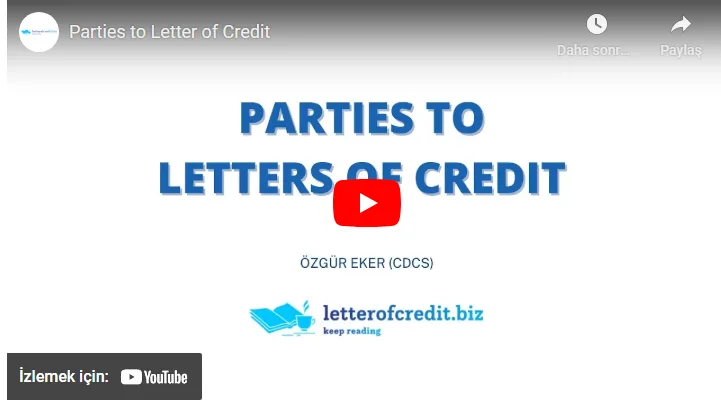Updated on:
When an irrevocable letter of credit is issued, the risk of payment rests with the issuing bank. This type of letter of credit is defined as an unconfirmed letter of credit.
However, in certain circumstances, the exporter may find the issuing bank not fully trustworthy and/or the country where it is located has high political or economic uncertainty.
In this situation, the exporter should consider requesting a confirmed letter of credit.
Confirmation is a security tool for the exporters. Confirmation eliminates country risks and insolvency risks of the issuing bank.
With a confirmed letter of credit, another bank, the confirming bank, usually located in the same country that the exporter is located, will add its confirmation to the letter of credit.
By adding its confirmation, the confirming bank undertakes to honour the exporter’s claim under the letter of credit, provided all terms and conditions of the letter of credit are met. (1)
Read more







